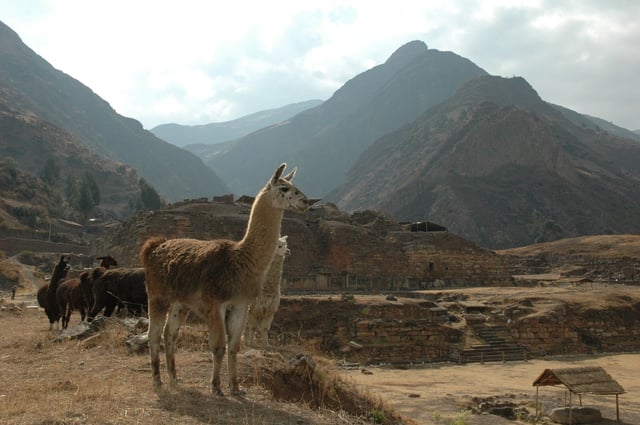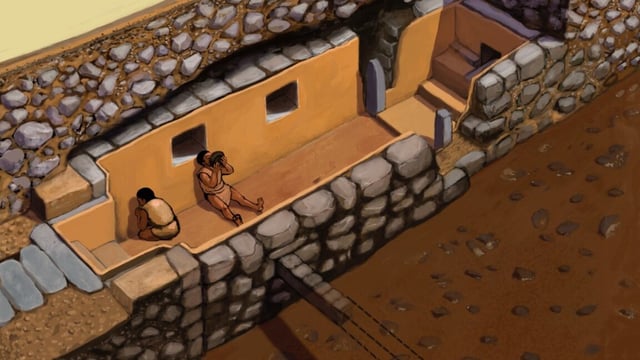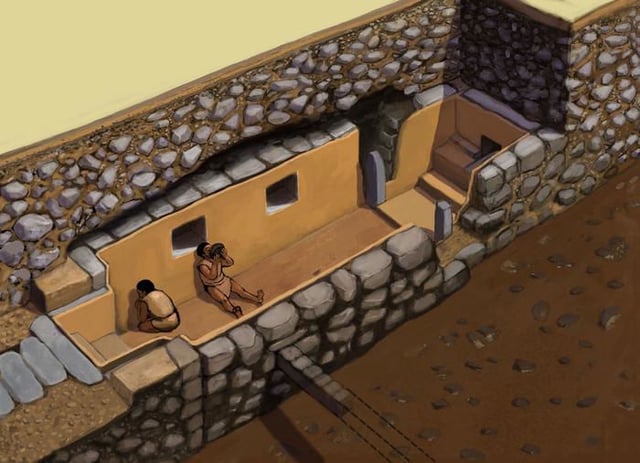Overview
- Chemical analyses of bone snuff tubes at Chavín de Huántar revealed residues of wild tobacco and vilca beans, a DMT-related hallucinogen.
- These psychoactive rituals were restricted to elite participants in private chambers, emphasizing exclusivity and control over mystical experiences.
- Archaeologists uncovered conch shell trumpets and acoustically designed chambers, indicating that music played a central role in these ceremonies.
- The rituals, combining hallucinogens and music, reinforced social hierarchies by linking leadership to supernatural power and ideology.
- Published in the Proceedings of the National Academy of Sciences, the study sheds light on how Chavín culture used immersive rituals to naturalize inequality.



